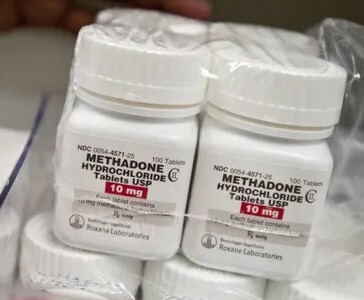For a medication under capitalism, the cost of methadone is less than for many other medications. Most of the costs stem from the clinic system: transportation to the clinic, weekly doctors’ appointments, weekly, group therapy, and other in-person therapies.
This can be seen in cities like Philadelphia, where anti-drug user forces draw battle lines as to where they want or do not want facilities established for drug users to get help. It can especially be seen in rural areas, where the drug epidemic ravages in silence, and where it can take hours to get to a clinic on time, adding to the already inconvenient hours of when the methadone clinics are open.
Studies have shown that for patients in rural areas, pharmacy-based methadone distribution would serve those populations well. However, the government has responded by claiming methadone shouldn’t be made available through pharmacies just because some patients are not responding well to buprenorphine, which is available at pharmacies.


